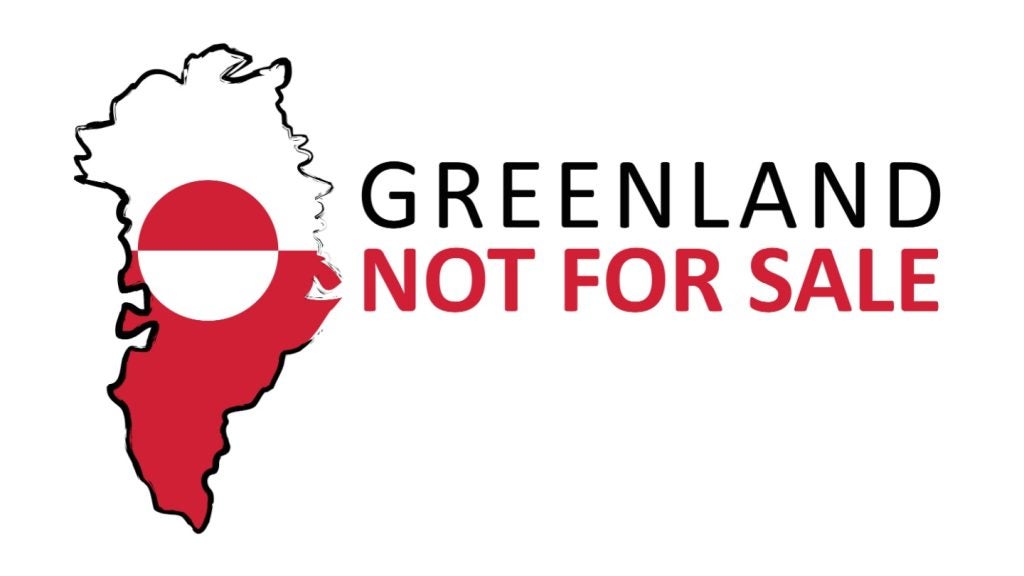Smart clothing is in its infancy but will become a $1bn market by 2023. The Covid-19 pandemic has hit the market, both in terms of shipments and revenues. However, the impact has been limited as smart clothing is in the early stages of development, and the market will recover in 2021.
Smart Clothing Macroeconomic Trends
Listed below are the key macroeconomic trends impacting the smart clothing theme, as identified by GlobalData.
Covid-19
The impact of the Covid-19 pandemic has been limited. Some start-ups have used the pandemic as an opportunity to develop new uses for smart clothing. For instance, E-Skin Sleep & Lounge smart pajamas from Xenoma, launched in 2020, come with a sensor hub. The hub monitors the wearer’s heart rate, respiration, sleep patterns, and detects falls or trips. A carer can be notified via a smartphone app if the wearer requires immediate attention. These and other similar products have allowed for the remote monitoring of elderly or sick people during periods of self-isolation.
Smart clothing market adoption
Fewer than four million people worldwide owned an item of smart clothing in 2020, according to GlobalData estimates. This low penetration is due to a combination of factors, including the technology’s relative immaturity, a general lack of awareness, and the high price of products. The development of new products focused on health monitoring will increase public awareness.
Post-pandemic, consumers will be more interested than ever in health and wellness and, therefore, favour devices that provide health monitoring services. The increasing number of sensors and the addition of virtual coaching via smartphones should boost demand amongst athletes, both amateur and professional.
Sustainability
Sustainability is a critical theme for all companies, and apparel makers are keen to improve in this area. NIKE and adidas are known for their sustainability-oriented marketing. Both now sell recycled garments to reduce the negative environmental impact of discarded garments. Levi’s and Adidas, among others, incorporate sustainability when developing their products. Levi’s use of sustainable fabrics led to its partnership with Google to develop connected trucker jackets.
How well do you really know your competitors?
Access the most comprehensive Company Profiles on the market, powered by GlobalData. Save hours of research. Gain competitive edge.

Thank you!
Your download email will arrive shortly
Not ready to buy yet? Download a free sample
We are confident about the unique quality of our Company Profiles. However, we want you to make the most beneficial decision for your business, so we offer a free sample that you can download by submitting the below form
By GlobalDataSmart clothing incorporates electronics made of silicon and polymers that are less recyclable than natural textile fibres. This could trigger an increase in energy consumption, exploitation of scarce natural resources, and electronic waste generation. Smart clothing vendors and consumers have a responsibility for protecting the environment. Starts-up like Wearable X recommend that consumers return used smart clothes for proper recycling and disposal. Consumer sentiment towards sustainability is also improving.
According to GlobalData’s Covid-19 Recovery Survey Snapshot: Consumer Attitudes and Behavior Global – Week 8, which looks at consumer attitudes and behaviour, 48% of respondents placed greater importance on ethical and sustainable production methods than they did before the pandemic. Such sentiments will likely influence their purchasing habits over the next two to three years. Therefore, vendors that act responsibly now will be well-positioned to attract consumers in the long-run.
This is an edited extract from the Smart Clothing (Wearable Tech) – Thematic Research report produced by GlobalData Thematic Research.









Related Company Profiles
Google LLC
NIKE Inc
adidas AG